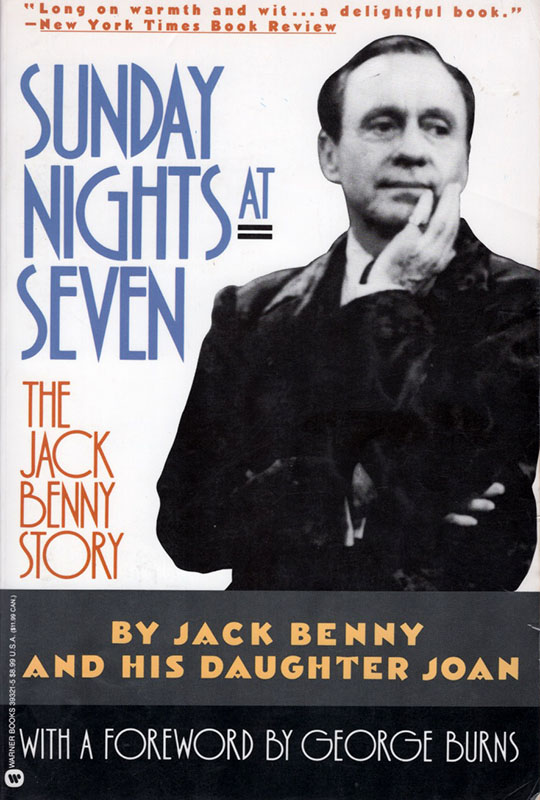 Dec 6, 2023–As I grow wiser, I believe more and more that art and beauty lie within the spaces between.
Dec 6, 2023–As I grow wiser, I believe more and more that art and beauty lie within the spaces between.
Graphic designers refer to it as “white space.” Given a 3-inch by 4-inch ad border, for example, amateurs tend to cram it with images and copy. Experienced designers will leave empty areas. This spare arrangement brings emphasis to the important visual elements. Less really is more.
Same in music. Attend any amateur music jam session, and chances are you will hear six guitarists flailing away on open C and G chords. Listen to any good jazz or country combo, and you will notice the guitarist playing barre chords at intervals. Often, they will not make any sound at all. They are allowing the music to breathe.
The importance of space is also true in humor. Jack Benny, the popular vaudeville, radio, movie, and TV comedian was revered for his “timing,” as he addressed in his biography, “Sunday Nights at Seven” with Joan Benny.
First, Benny did not consider himself a comedian. Rather, he thought of himself an actor, playing a comedian. That is an important distinction, because it distances him from being simply a joke teller.
Benny often got his biggest laughs when saying nothing. If you ever saw him on TV, you’ll remember his slow turn to the audience, hand held to his chin, a bemused expression on his face, eyes slightly rolling. But on radio, audiences could only hear what he said, or, more accurately, what he didn’t say. The most famous moment was the scene where he was accosted by a robber. The robber’s line was, “Your money or your life.”
Benny, whose character was a dedicated miser, did not respond. After an uncomfortably long pause, the robber asked impatiently, “Your money or your life?
Benny replied, “I’m thinking!”
That triggered the longest laugh in radio history.
Another example is when he was supposedly on the phone with his sponsor, who was upset with Benny. At the end of a one-sided phone call, the audience only heard Benny saying “but… but… but…” with longer pauses between each subsequent “but.” He repeated the word nine times over two full minutes, with the final pause 14 seconds long. In live radio, 14 seconds is an eternity. No one but Benny could have gotten away with it, and the audience at home listening was roaring with laughter.
Benny’s own take on this was fascinating.
“Timing is not so much knowing when to speak, but when to pause,” he said. “Timing is pauses. I can say that I played these ‘buts’ as neatly as a fly fisherman working a fighting trout. Listeners at home could visualize what the president of the American Tobacco Company was telling me.”
But he downplayed the label “master of timing.”
“I am a master of my kind of timing,” he explained. “I have a slowly-paced delivery. Bob Hope, on the other hand, has a fast, Gatling gun style. Hope is as much a master of timing as I am. But it’s his timing.”
I am reminded of the importance of timing and silence as I pick up the sticks to drum in a jazz trio for the current production Plaid Tidings at Fredericksburg Theater Company.
Perhaps no other instrument benefits from silence more than drums. It is in the spaces between thumps where true musical style lives. As a young drum thumper, I thought my job was to make noise all the time. Now, I understand and appreciate the value of silence, playing the rests, only offering a beat where it will serve to enhance and propel the song.
Spaces are sacraments. In music, in speech, in art, in relationships, in social media. Respect them. Revere them. For therein lies true beauty.